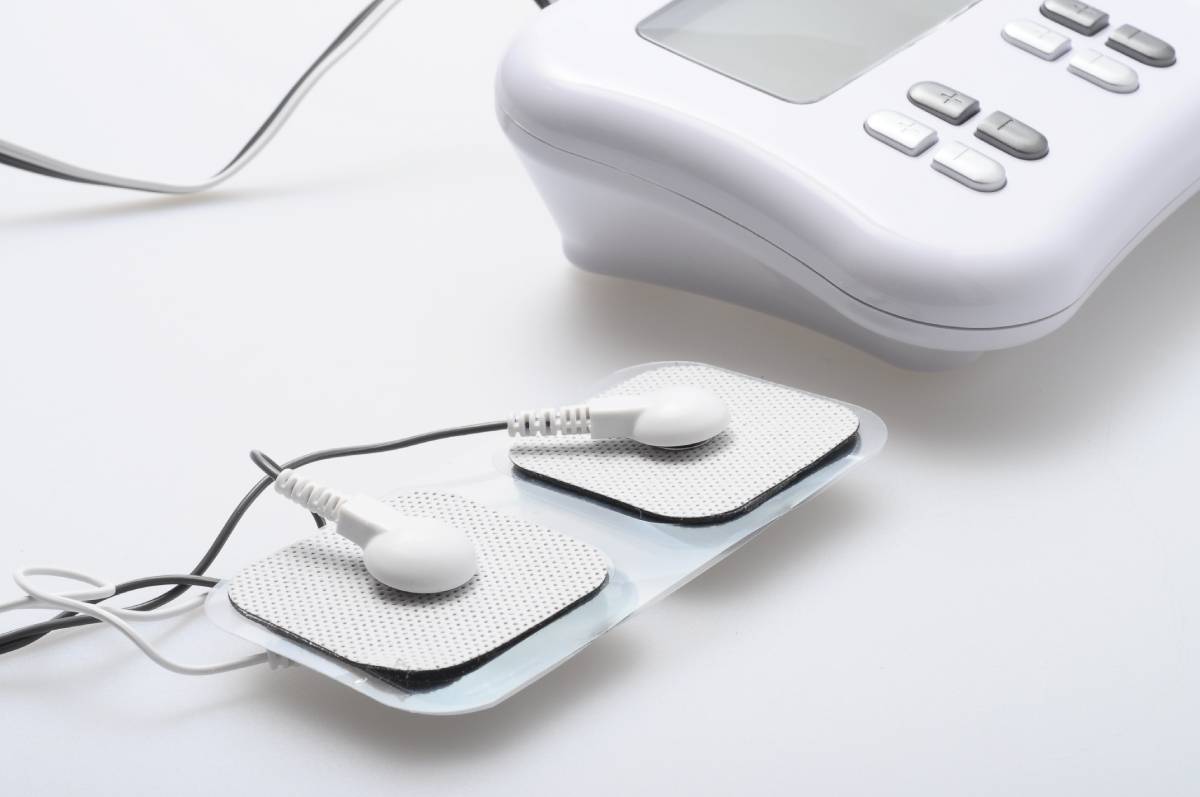Electrical Stimulation to Treat Sleep Apnea

Obstructive sleep apnea is a global health problem of increasing prevalence. Disease prevalence estimates range from 3% to 7%, with certain subgroups of the population bearing a higher risk 1. Treatments are available, such as continuous positive airway pressure therapy and mandibular advancement devices. However, these therapies tend to be met with limited long-term adherence to therapy – both need to be permanently used in order to prevent symptoms from recurring, placing a burden on patients. Alternative treatments may be able to help manage sleep apnea effectively 2, with electrical stimulation emerging as a viable option.
Electrical stimulation of the upper airway dilator muscles for patients with obstructive sleep apnea has been clinically implemented and routinely used for decades, but recent years have seen major advancements 3. Two modes of treatment are transcutaneous electrical stimulation, which is non-invasive, and hypoglossal nerve stimulation.
Transcutaneous electrical stimulation in obstructive sleep apnea uses non-invasive electrical stimulation to increase neuromuscular tone of the upper airway dilator muscles of patients with obstructive sleep apnea during sleep 2 So far, feasibility studies have shown promising results. Such non-invasive methods of electrical stimulation are typically reserved for patients who would not necessarily qualify for more invasive procedures, whether as a result of physiological issues, anatomical factors, contraindications for the procedure, or healthcare costs 4. For this non-invasive approach, complications remain rare and limited. The limiting step for transcutaneous electrical stimulation remains the delivery of a sufficient current without causing patients to wake up.
More commonly though, hypoglossal nerve stimulation, an invasive approach to stimulate the pharyngeal dilator muscles of the upper airway during sleep, has been implemented in the treatment of sleep apnea across a number of different healthcare systems. Most recently, a novel approach, the Genio system, was developed to stimulate the hypoglossal nerve and provide neuromuscular tone to the genioglossus, the main dilator muscle of the upper airway, to improve upper airway patency 5.
A limitation of hypoglossal nerve stimulation remains the invasive nature of the procedure, the costs involved, and the occurrence of severe adverse events. Overall however, as demonstrated by a meta-analysis on the effects of both hypoglossal nerve stimulation and transcutaneous electrical stimulation on the apnea-hypopnea index and the Epworth Sleepiness Scale in patients with obstructive sleep apnea, both invasive and transcutaneous electrical stimulation clearly reduce obstructive sleep apnea severity by a clinically relevant margin 6.
Data from previous feasibility studies and randomized controlled trials have helped to identify a subgroup of patients who tend to be the best responders to sleep apnea treatments based on electrical stimulation. However further studies are required to predict such results with precision.
In addition, further investigations are required to assess the usability and functional effectiveness of these types of therapies. Consideration of these factors in the study design of future clinical trials focused on electrical stimulation to treat sleep apnea will strengthen research methodology and protocols, improve patient related outcome assessments, and ultimately improve treatment.
References
1. Punjabi, N. M. The epidemiology of adult obstructive sleep apnea. Proceedings of the American Thoracic Society (2008). doi:10.1513/pats.200709-155MG
2. He, B. et al. Domiciliary use of transcutaneous electrical stimulation for patients with obstructive sleep apnoea: A conceptual framework for the TESLA home programme. Journal of Thoracic Disease (2019). doi:10.21037/jtd.2019.05.04
3. Pengo, M. F. & Steier, J. Emerging technology: Electrical stimulation in obstructive sleep apnoea. Journal of Thoracic Disease (2015). doi:10.3978/j.issn.2072-1439.2014.04.04
4. Pengo, M., Schwarz, E. I. & Steier, J. Electrical stimulation in obstructive sleep apnoea: The less invasive the better? European Respiratory Journal (2020). doi:10.1183/13993003.02013-2019
5. Eastwood, P. R. et al. Bilateral hypoglossal nerve stimulation for treatment of adult obstructive sleep apnoea. Eur. Respir. J. (2020). doi:10.1183/13993003.01320-2019
6. Ratneswaran, D. et al. Electrical stimulation as a therapeutic approach in obstructive sleep apnea — a meta-analysis. Sleep Breath. (2021). doi:10.1007/s11325-020-02069-2